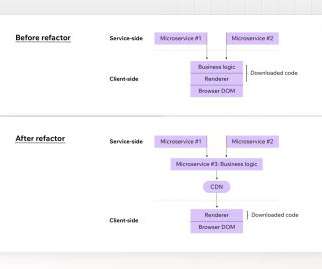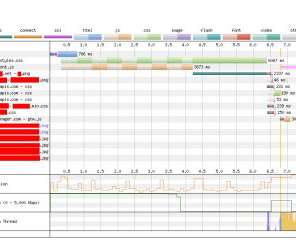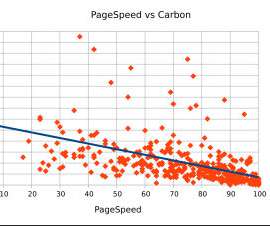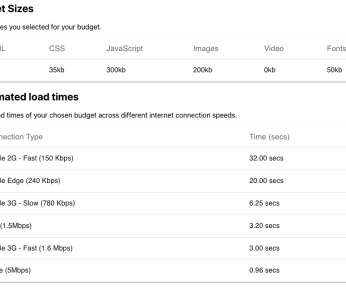World’s Top Web Performance Leaders To Watch
Rigor
SEPTEMBER 11, 2019
list of those who are making a significant impact on speeding up the web today. Rachel is the Editor-in-Chief of Smashing Magazine, a British web developer, writer, and speaker. He is a co-organizer of the London Web Performance meetup. Tammy is a true Ottoman Woman in the Web Performance Empire. Rachel Andrew.




















Let's personalize your content